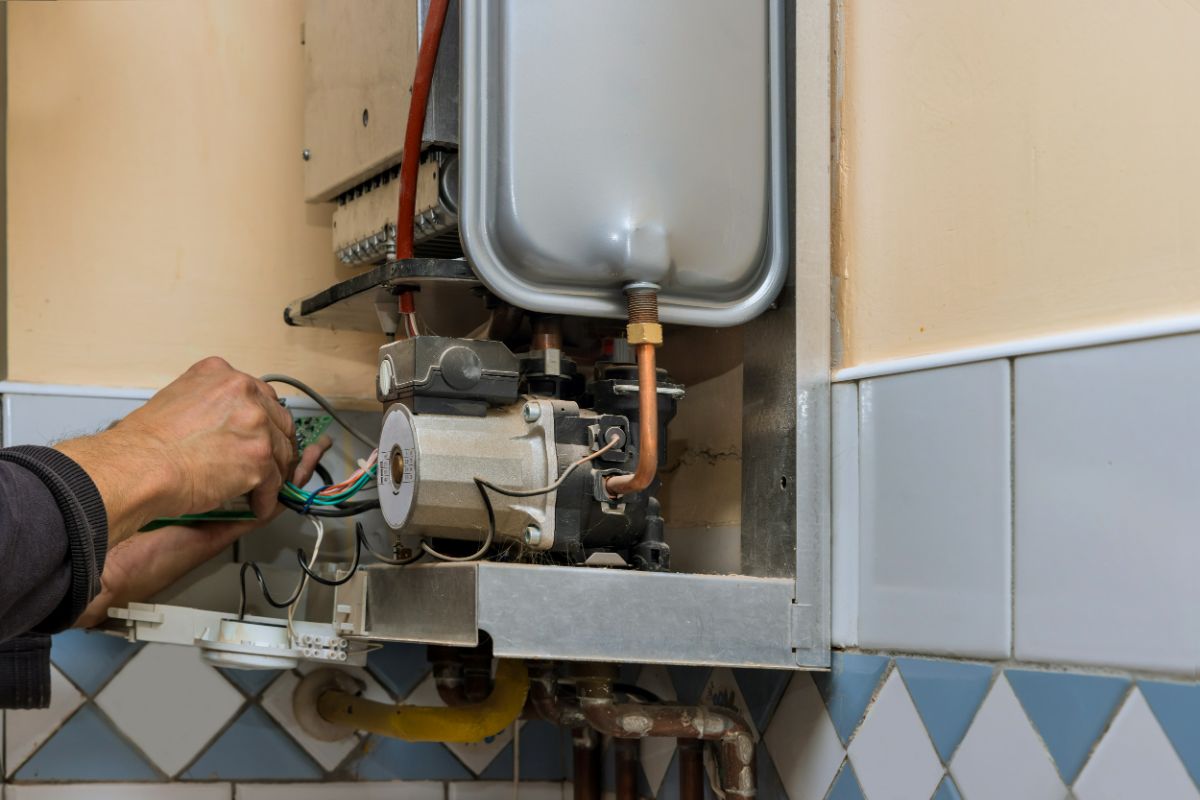Expert Tips on Caring for Your Home's Hot Water SystemBest Practices for Maintaining Your Home's Hot Water System
Expert Tips on Caring for Your Home's Hot Water SystemBest Practices for Maintaining Your Home's Hot Water System
Blog Article
The content down the page pertaining to Water Heater Maintenance Tips You Can't Afford to Forget is quite entertaining. Read on and draw your own results.

Hot water is vital for daily comfort, whether it's for a revitalizing shower or washing recipes. To ensure your hot water system runs effectively and lasts longer, routine maintenance is crucial. This short article offers sensible pointers and understandings on just how to preserve your home's hot water system to avoid disruptions and expensive repair work.
Introduction
Maintaining your home's hot water system could appear overwhelming, however with a few simple steps, you can ensure it operates smoothly for many years to find. This guide covers everything from understanding your warm water system to DIY upkeep suggestions and knowing when to employ expert assistance.
Significance of Maintaining Your Warm Water System
Regular maintenance not only extends the life-span of your warm water system however also guarantees it runs successfully. Disregarding maintenance can lead to decreased efficiency, greater power expenses, and even premature failure of the system.
Signs Your Warm Water System Requirements Maintenance
Knowing when your hot water system requires focus can protect against significant issues. Look out for indications such as inconsistent water temperature, unusual noises from the heating system, or corroded water.
Recognizing Your Warm Water System
Before diving into upkeep tasks, it's handy to recognize the fundamental components of your warm water system. Usually, this consists of the hot water heater itself, pipes, anode poles, and temperature controls.
Monthly Upkeep Tasks
Regular month-to-month checks can aid capture minor problems prior to they intensify.
Flushing the Hot Water Heater
Flushing your hot water heater removes debris buildup, boosting efficiency and prolonging its life.
Monitoring and Changing Anode Rods
Anode rods protect against rust inside the container. Examining and changing them when worn is critical.
Evaluating and Adjusting Temperature Level Setups
Adjusting the temperature level settings makes sure optimum performance and safety and security.
DIY Tips for Maintenance
You can execute several upkeep jobs yourself to maintain your warm water system in top problem.
Looking for Leaks
Frequently check pipelines and links for leaks, as these can result in water damages and higher expenses.
Checking Pressure Alleviation Valves
Testing the pressure relief valve ensures it works properly and avoids excessive pressure build-up.
Protecting Pipes
Protecting warm water pipelines minimizes warmth loss and can conserve energy.
When to Call an Expert
While do it yourself maintenance is helpful, some concerns require specialist know-how.
Complex Concerns Requiring Expert Aid
Instances consist of significant leakages, electrical issues, or if your hot water heater is consistently underperforming.
Routine Expert Maintenance Advantages
Expert upkeep can include complete examinations, tune-ups, and making certain conformity with safety and security requirements.
Verdict
Regular upkeep of your home's hot water system is important for effectiveness, long life, and expense financial savings. By following these ideas and knowing when to seek specialist aid, you can ensure a trusted supply of warm water without unexpected interruptions.
How to Maintain an Instant Hot Water Heater
Before tinkering with your hot water heater, make sure that it’s not powered on. You also have to turn off the main circuit breaker and shut off the main gas line to prevent accidents. Also turn off the water valves connected to your unit to prevent water from flowing into and out of the appliance. 2. When you’re done, you have to detach the purge valves’ caps. These look like the letter “T” and are situated on either side of the water valves. Doing so will release any pressure that has accumulated inside the valves while at the same time avoid hot water from shooting out and burning your skin. 3. When the purge valves’ caps are removed, you have to connect your hosing lines to the valves. Your unit should have come with three hoses but if it didn’t, you can purchase these things from any hardware or home repair shops. You can also get them from retail stores that sell water heating systems. Read the user’s manual and follow it to complete this task properly. When the hosing lines are connected, open the purge port’s valves. 4. You should never use harsh chemical cleaners or solutions when cleaning your unit. Make use of white vinegar instead. It should be undiluted and you’ll probably use about 2 gallons. 5. Now flush your water heater. This task should probably take about 40 minutes. We can’t give you specific directions for this because the procedure is carried out depending on the type, model and brand of your heater. With that being said, refer to the user’s manual. 6. When you’re done draining the unit, you have to turn off the purge port valves again. Remove the hosing lines that you earlier installed on each of the water valves. Put the valve caps (purge port) back in their respective places and be very careful so as not to damage the rubber discs that are found inside these caps. 7. Now that everything’s back in place, check your user’s manual again to find out how to reactivate your water heating system. 8. Once it is working, turn one of your hot water faucets on just to let air pass through the heater’s water supply pipes. Leave the tap on until water flows smoothly out of it. https://www.orrplumbing.com/blog/2014/september/how-to-maintain-an-instant-hot-water-heater/

Hopefully you liked our section on Water Heater Maintenance Tips You Can't Afford to Forget. Thanks for spending some time to read through our blog. Liked our review? Please quickly share it. Let others check it out. We appreciate your readership.
Call Today Report this page